Cadaver monuments, also known as transi or memento mori tombs, are a type of funerary art. They depict the deceased in a state of decay. These monuments were particularly popular in the late medieval period. They served as a stark reminder of the transience of life and the physical decay that follows death. Often, they feature sculptures of skeletons or decomposing bodies. They were a powerful symbol of piety and reflection on mortality.
Get your dose of History via Email
Historical Background of Cadaver Monuments
Cadaver monuments emerged in Europe during the 15th century. They reflected the era’s preoccupation with death and the afterlife. The Black Death and recurring plagues heightened awareness of mortality. This led to a fascination with death in art and literature. The earliest examples were found in France, but the trend quickly spread across Europe. Notable figures, including bishops and nobles, commissioned these monuments.
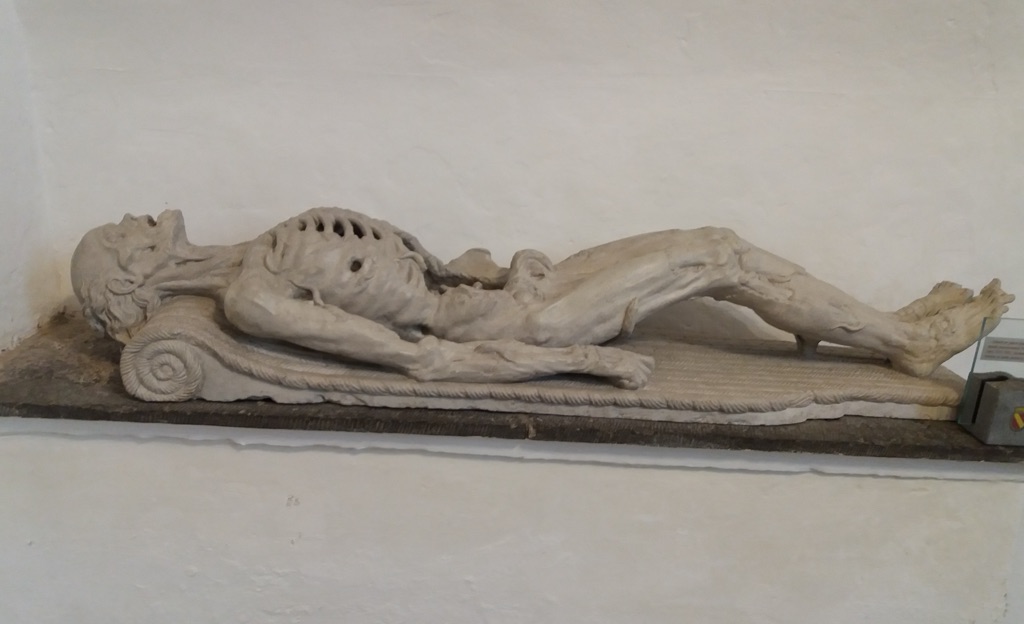
The discovery of these monuments often occurs during church restorations or archaeological excavations. Historians and archaeologists study them to understand medieval attitudes towards death. The creators of these monuments were usually master sculptors of the time. They crafted these works with great skill and attention to detail.
Some cadaver monuments reside in places of historical significance. For instance, they can be found in ancient cathedrals or historic cemeteries.
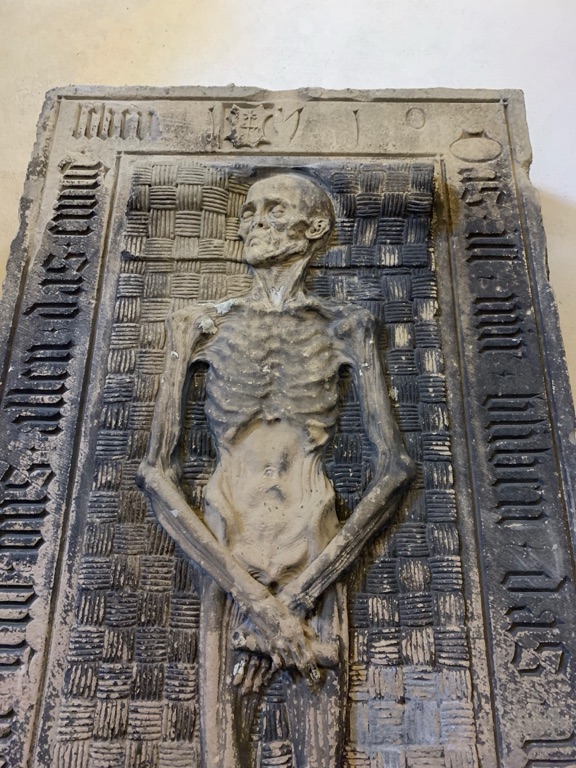
The design and construction of cadaver monuments were complex. They required a deep understanding of anatomy and sculpting techniques. The artists who created them remain largely anonymous.
More on the Cadaver Monuments
Cadaver monuments are intricate sculptures that often lie atop tombs. They depict the deceased in various stages of decomposition. The materials used for these monuments varied. Stone, such as marble or limestone, was common. Some featured bronze elements or other metals for detailing.
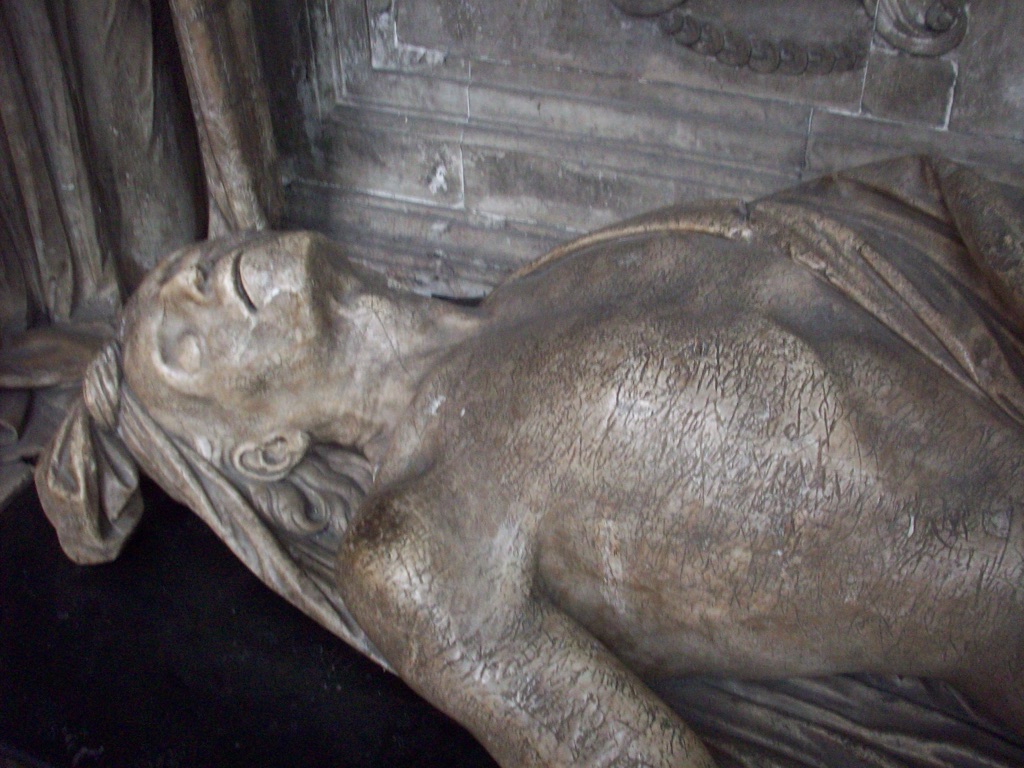
Sculptors had to have a deep understanding of human anatomy. They portrayed the body in a realistic and often unsettling manner. The level of detail in the bones and decaying flesh is remarkable.
The monuments also feature inscriptions and heraldic symbols. These elements provide information about the deceased’s identity and social status.
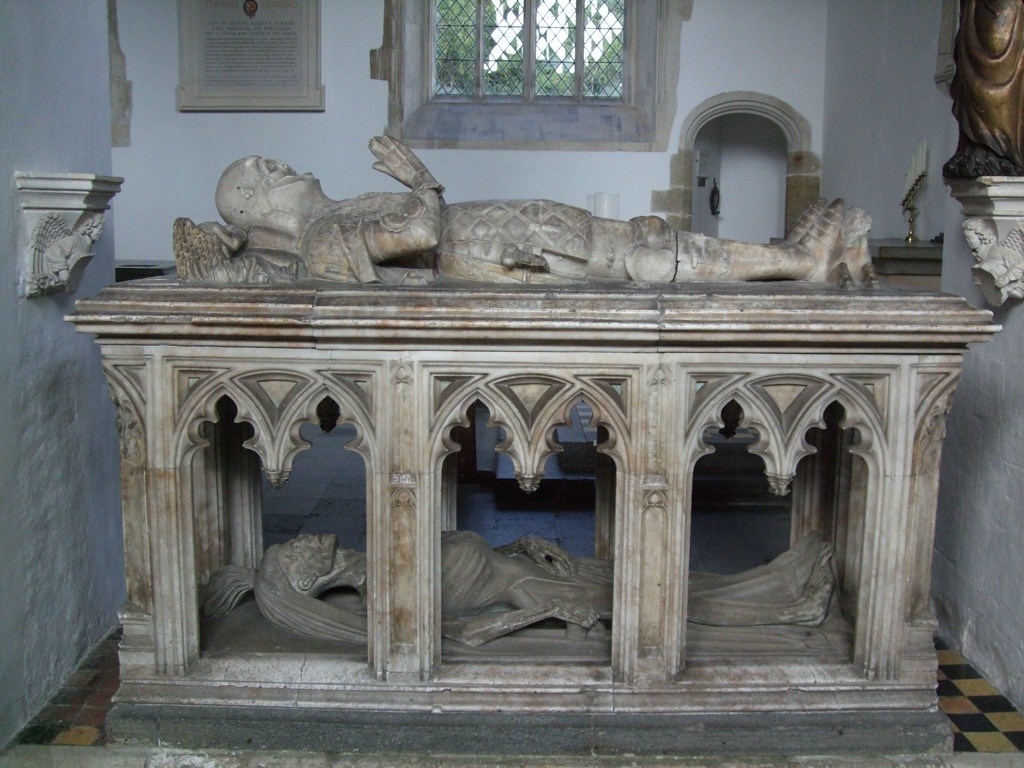
The design of cadaver monuments can includes a two-tiered structure. The upper tier shows the individual as they were in life. The lower tier reveals the decaying corpse. This contrast served as a powerful reminder of the inevitability of death.
Cadaver monuments are significant works of art. They represent a unique intersection of funerary customs, religious beliefs, and artistic expression. They are a testament to the medieval period’s complex relationship with death and the afterlife.
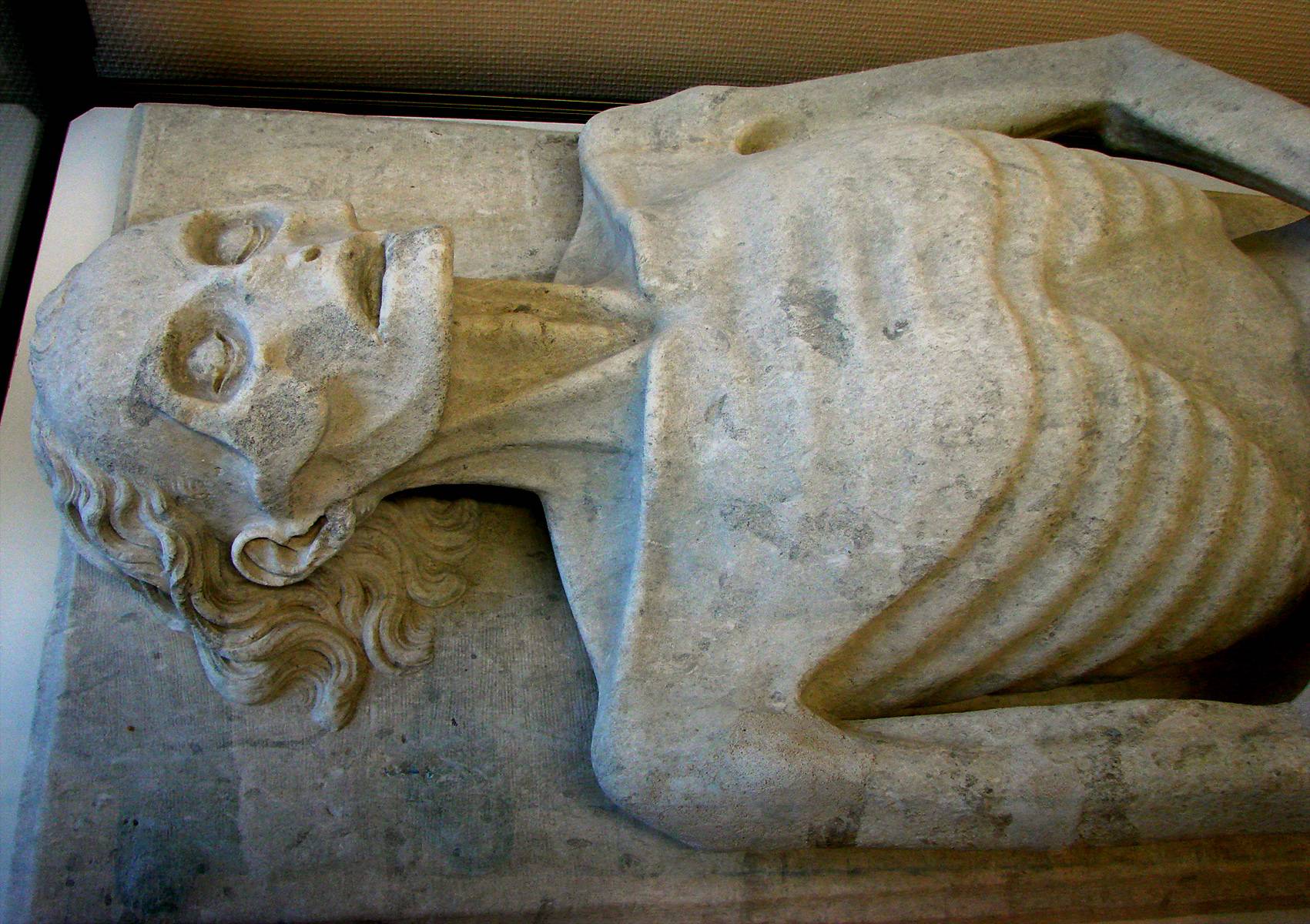
At a glance
Country: Various across Europe
Civilization: Predominantly European medieval societies
Age: 15th to 17th centuries AD
Conclusion and Sources
The information in this article has been obtained from the following reputable sources:

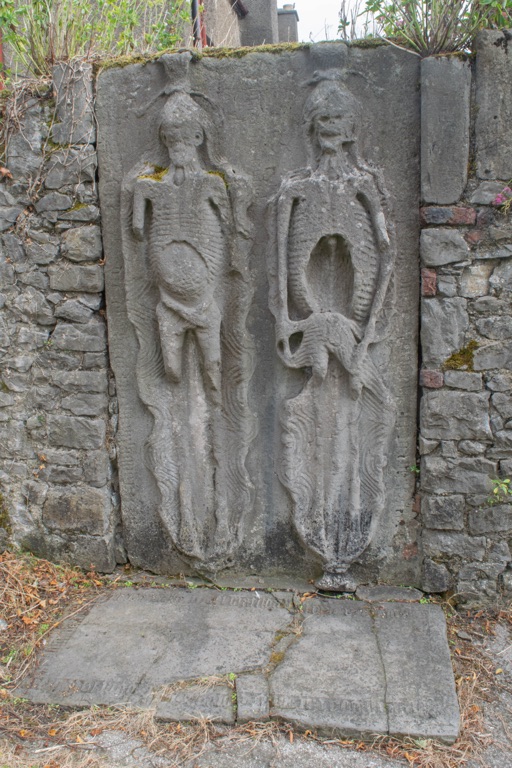
Very intriguing delve into humanity’s relationship with life, death, decomposition (decomposition of composition), physicality and spiritual inheritances. I personally find it intriguing how these master sculptors left a legacy of consciousness (including their own) for those with eyes to see.